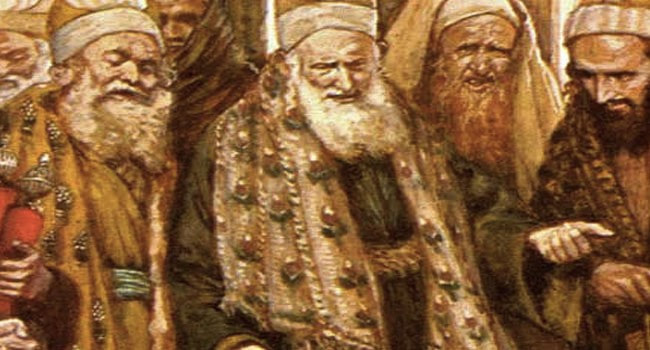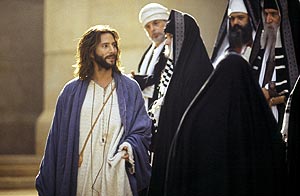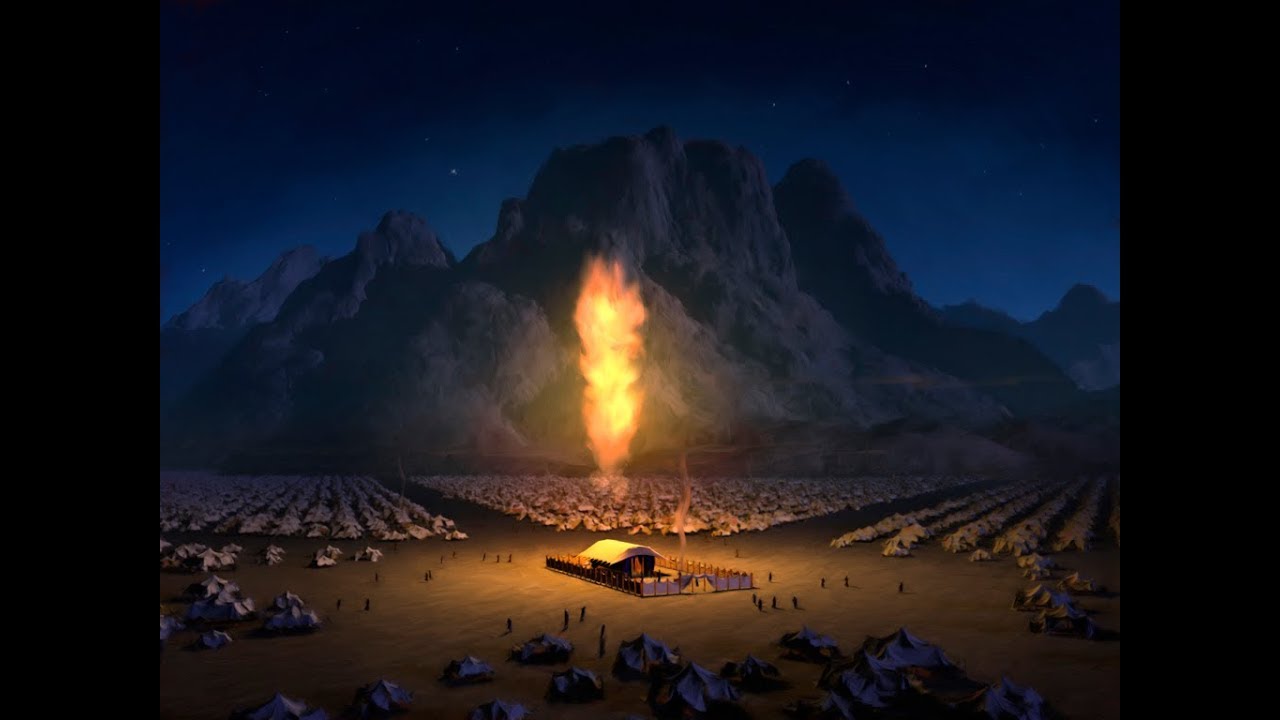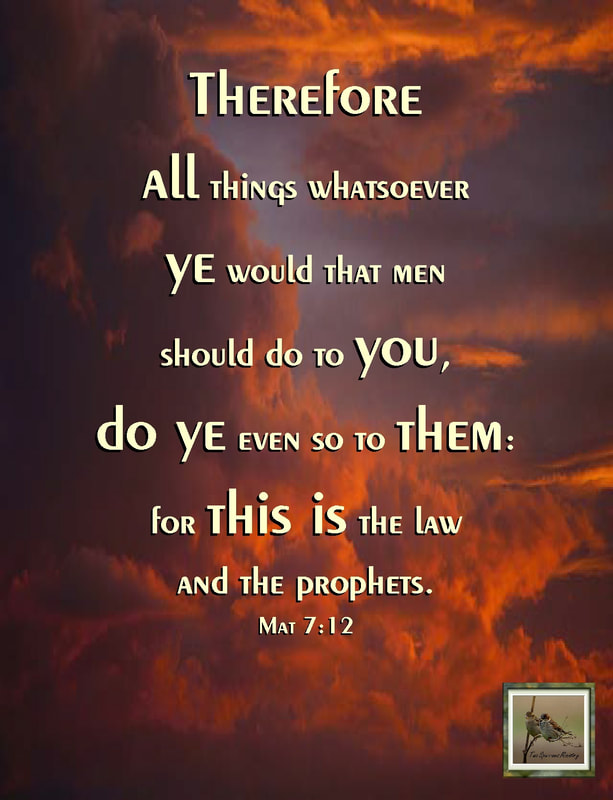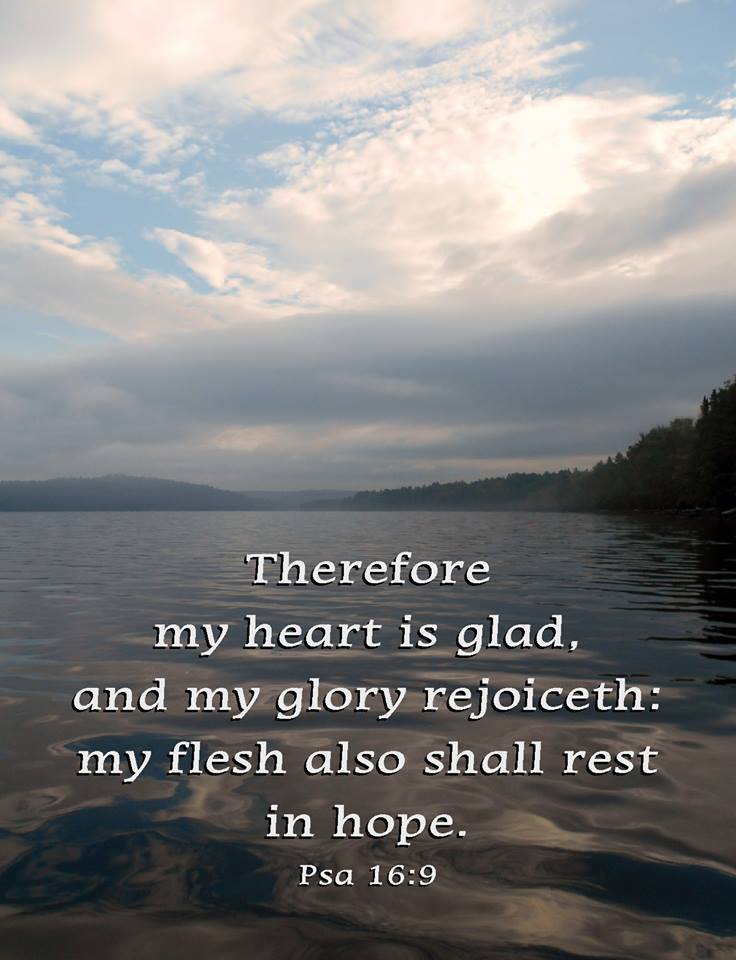
Ineed, he is the light of the world.
Before he said it, he demonstrated it, and became that light to the hopeless woman laying in the dirt, condemned by her accusers. She had no defense, her guilt was known, and broadcast for the world to see. The bloodthirsty crowd had stones in hand, ready to execute a mob's self righteous judgement. But, when they watched and took note of Jesus writing in the sand, the rocks fell, and the mob left the woman, speechless.
His only admonition to the woman now was, go and sin no more. She was now free from sin, and judgment. Free now to let the power of his light be the illumination for the path of her life and salvation of her soul.
Joh 8:13 The Pharisees therefore said unto him, Thou bearest record of thyself; thy record is not true.
Joh 8:14 Jesus answered and said unto them, Though I bear record of myself, yet my record is true: for I know whence I came, and whither I go; but ye cannot tell whence I come, and whither I go.
Joh 8:15 Ye judge after the flesh; I judge no man.
Joh 8:16 And yet if I judge, my judgment is true: for I am not alone, but I and the Father that sent me.
Joh 8:17 It is also written in your law, that the testimony of two men is true.
Joh 8:18 I am one that bear witness of myself, and the Father that sent me beareth witness of me.
Joh 8:19 Then said they unto him, Where is thy Father? Jesus answered, Ye neither know me, nor my Father: if ye had known me, ye should have known my Father also.
Joh 8:20 These words spake Jesus in the treasury, as he taught in the temple: and no man laid hands on him; for his hour was not yet come.
Joh 8:21 Then said Jesus again unto them, I go my way, and ye shall seek me, and shall die in your sins: whither I go, ye cannot come.
With this answer, they changed tactics, and did what many false accuser's do today who use many avenues to destroy someone's character; use mental illness and instability as a weapon:
Joh 8:22 Then said the Jews, Will he kill himself? because he saith, Whither I go, ye cannot come.
Again, Jesus' answer rose to meet the evil in them:
Joh 8:24 I said therefore unto you, that ye shall die in your sins: for if ye believe not that I am he, ye shall die in your sins.
Joh 8:25 Then said they unto him, Who art thou? And Jesus saith unto them, Even the same that I said unto you from the beginning.
Joh 8:26 I have many things to say and to judge of you: but he that sent me is true; and I speak to the world those things which I have heard of him.
Joh 8:27 They understood not that he spake to them of the Father.
Joh 8:28 Then said Jesus unto them, When ye have lifted up the Son of man, then shall ye know that I am he, and that I do nothing of myself; but as my Father hath taught me, I speak these things.
Joh 8:29 And he that sent me is with me: the Father hath not left me alone; for I do always those things that please him.
Joh 8:30 As he spake these words, many believed on him.
If this entire discourse is read and studied, one can see how Jesus establishes the truth of his statement; "I am the light of the world". It once again shut the mouth's of the Pharisee's, and left them exposed for what they were.
The truth of Jesus statement has as much power, authority, and ability to change anyone today, as it did that woman in the dirt the day he first spoke it. I am living proof of this.
Lorna Couillard
Below is an excellent commentary by F.B. Meyer on John 8:10-11, which gives a deeper understanding of Jesus analogy of himself in the verse.
Joh 8:10 When Jesus had lifted up himself, and saw none but the woman, he said unto her, Woman, where are those thine accusers? hath no man condemned thee?
Joh 8:11 She said, No man, Lord. And Jesus said unto her, Neither do I condemn thee: go, and sin no more.
This passage has been the subject of much controversy, but there is no possibility of accounting for it except on the supposition that this incident really took place. It reveals in our Lord’s character such tenderness, wisdom, hatred of sin, and insight into the heart of man, that it is impossible to suppose that any evangelist could have invented the story.
The sinner’s way of treating sin is to regard it as “a case” for curious speculation, and an opportunity for contrasting with it the immaculate virtue of the accusers. They take prurient pleasure in enumerating the terrible details, but give no sign of pity or shame for the sinner. The Law’s way of treating sin is to stone. The executioner shows no mercy. The offender falls beneath the Law’s curse and penalty. The Savior’s way of treating sin is to forgive. In that bowed head and hidden face, Joh 8:10, we learn how much sin costs Him. But it is easy to hear His words of forgiveness, and to go forth from His presence with the assurance that “there is now no condemnation to them that are in Christ Jesus;” but we shall never know how much sin has cost Him, whom it crucifies afresh. That silent, averted gaze has made men bow their heads and beat upon their breasts.
What the pillar of cloud and fire was to Israel, Jesus will be to His Church and the individual soul. Exo 13:21; Num 9:15:-23. The fire in the cloud was prophetic of His deity enshrined in His humanity. It was this consciousness of the union of the divine and human that enabled our Lord to speak as He did of Himself. There was no egotism or self-assumption in His claim. It was the literal truth. He bare record of Himself, because He could say nothing less, and knew whence He came and whither He went; and the miracles which He wrought in union with the Spirit of God ratified His witness.
F.B. Meyer comm.

